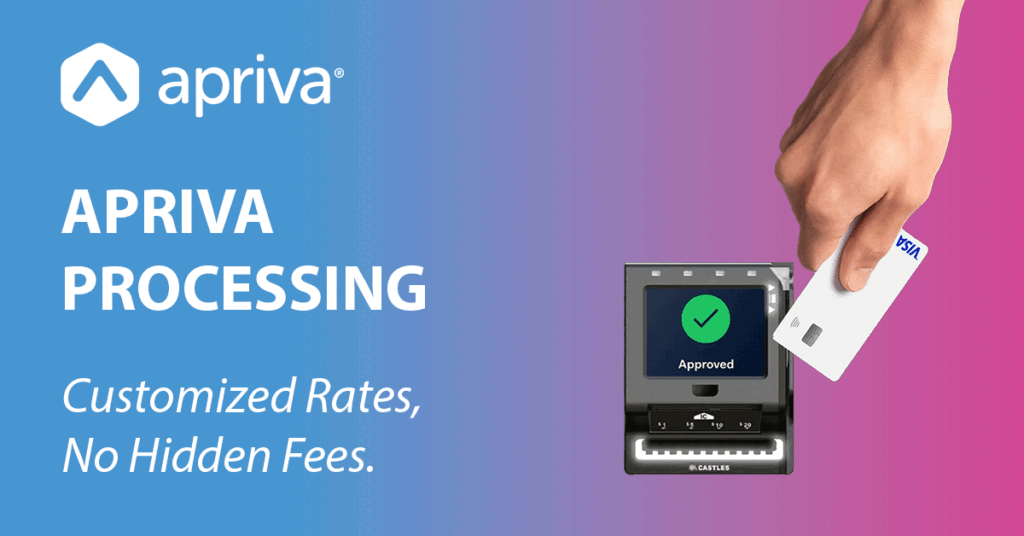This blog originally appeared on Payment Eye.
The payments landscape continues to change at a rapid pace. As payments evolve, they’re including more forms of interactions with consumers. These interactions through various mediums have brought up a topic and a new buzz word in many debates: omni-channel payments.
What does this mean? It means that no matter which channel is the touch point of the moment to the consumer (payment terminal in a store, online storefront, retailer’s app, kiosk) their experience should be seamless, streamlined, secure and optimised for the needs of each channel. The most critical aspect of this is providing a cohesive consumer experience operating across all channels – focusing more on customer engagement and experience than on how many channels merchants can offer. From research to purchase and even returns, every step of consumer interaction (and eventually purchase) is crucial for gaining and retaining new customers.
The Data
Today’s market data offers a lot of information about this trend and what we need to do to keep up. A recent survey from eMarketer predicts that mobile payments will triple in 2016, but mobile payments are only a portion of the equation for consumers. Today, 75-80 percent of consumers buy across mediums; this means they could be trying out products in-store, researching online, and purchasing on their mobile devices – all in the process of one single purchase. Additionally, total retail spending grew 4% year-on-year over Christmas 2015 and was driven entirely by online shopping which jumped 17.9%, with in-store spending growth almost static at 0.2%. As more and more customers seek engagement through other channels, retailers now risk losing out on customers if they don’t keep up and get a fully integrated, multi-channel solution.
Mobile is Key
For merchants looking to deliver an omni-channel experience, investing in mobile is essential. As more and more people use their smartphones to research purchases on the go, merchants need a seamless mobile site and integrated mobile retail environment. Whether purchasing in-store via a mobile device or out and about on their personal devices, smartphones are now a key tool when it comes to engaging customers. Merchants looking to deploy mobile POS solutions should keep in mind that this should be fully integrated into their entire POS suite so that customers can return merchandise in store if purchased online, via mobile device, or on an mPOS solution at a satellite location.
Breaking Barriers
Traditionally, retailers have run operations separately, with different siloes for their sales channels, returns departments and customer service centers. Today’s consumer doesn’t live just online, or shop just in brick and mortar stores, they want to be able to live across these experiences and seamlessly integrate them. Just as entertainment companies have had to adapt to offer a cohesive experience that can translate from home televisions, to computers and to mobile devices, retailers are facing a similar change. They need the in-store, online and mobile experiences to reflect the same quality of service and personality of their brand across all these channels. In order to do this, everything from selecting merchandise, to checking out, returns and asking questions must be coordinated to reflect the same experience for customers across each channel, through every portion of the transaction.
Payments as Part of the Equation
Providing a seamless omni-channel experience to consumers also means that merchants will need to give the consumer options to stay competitive. One of the many choices that customers want is to have the choice to pay in whatever form they like best, whether on their mobile device, via card, cash or otherwise. Merchants must consider several important factors. First, they need to make sure they are compliant with payment card industry and security standards for customer and card data. Second, merchants need their own flexible options and choices, just like their consumers. In other words, merchants need the freedom to choose the software providers, hardware providers, processors and payment gateways that make sense for them. Lastly, merchants should look for payments solutions that are future-proof, so that they can update easily to comply with new regulations without the expense of upgrading hardware.
Bringing It All Together
Consumers today expect a higher level of customer service. The ability to engage across channels is now essential to winning new consumers, particularly millennials. The most important piece of this is to have an integrated payments system that allows consumers the freedom to choose the payment form they want while the merchants have the flexibility to select the various partners that make sense for their business. Every merchant, whether they’re a brick-and-mortar location, a kiosk, an online retailer or a mobile merchant, has to learn to embrace the combination of options customers want in both how they interact with retailers, and how they pay for the goods and services being sold.
– Stacey Finley Tappin, Senior Vice President of Sales and Marketing Communications



